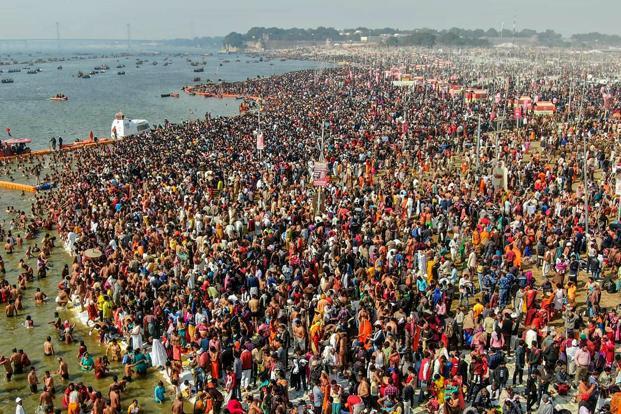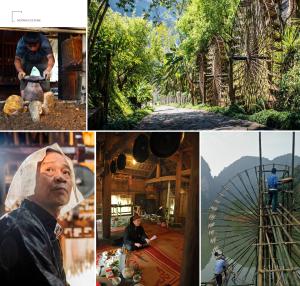Kumbh Mela of India is considered the largest peaceful gathering in the world. In 2013 during the two months period of Kumbh Mela, an estimated 120 million people visited their holy waters, including 30 million people moving in a single day. Kumbh Mela can be defined as a mass Hindu pilgrimage of faith to one of four of these holy water sites: Allahaba, Haridwar, Nashik district, and Ujjain. The Kumbh Mela is held every 12 years, and around 3 years difference between the Haridwar and Nashik gathering. The origins of the festival is unknown, but according to Hindus, Lord Vishnu spilled drops of Amrita (drink of immortality) in the four places identified as the present day sites of the Kumbh Mela. The Kumbh Mela plays a vital role of spirituality and the beliefs of Hindus in India. The day includes all Hindus regardless of caste, creed, or gender to gather in the holy waters. The 12 year gap is calculated by astronomy, astrology, spirituality, and the tradition of Indian pilgrimage. Knowledge and skills related to the traditions are transmitted mostly through Akhadas and Ashrams who do it through religious manuscripts as well as orally. Kumbh Mela was inscribed to the list of UNESCO’s Intangible Cultural Heritages in 2017. References: ICH UNESCO, WIKIPEDIA
09-16-2019





.jpeg)

.jpg)




.png)
.jpg)















_(31711258567).jpg)






























































